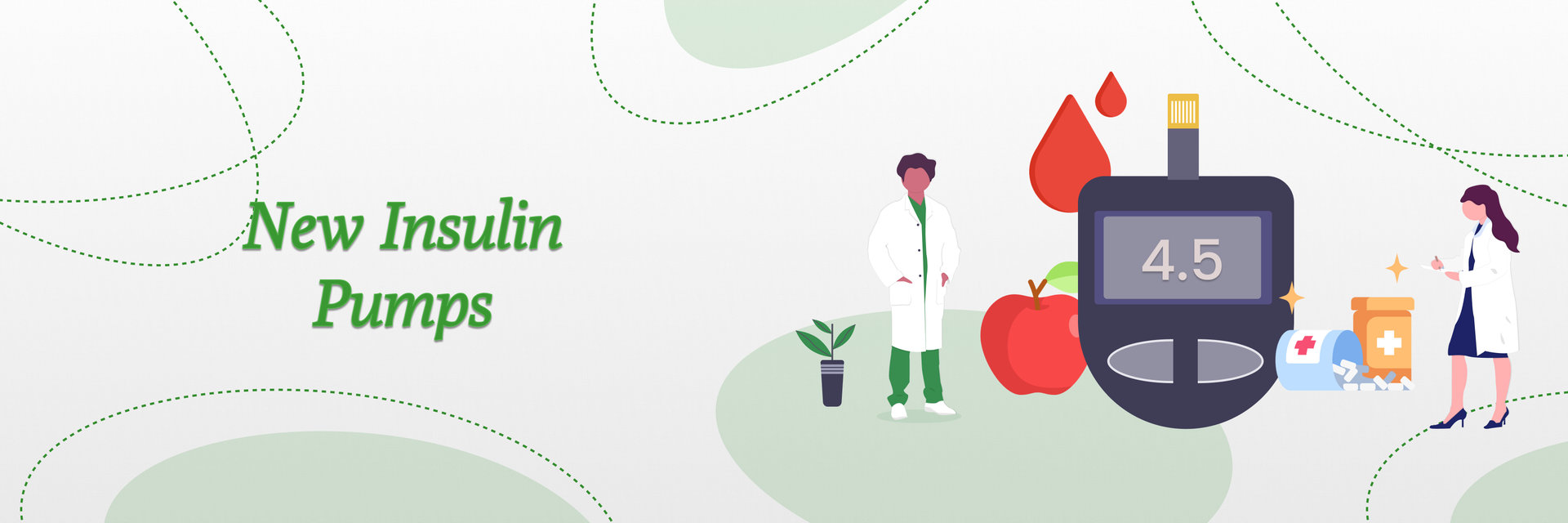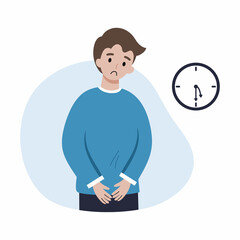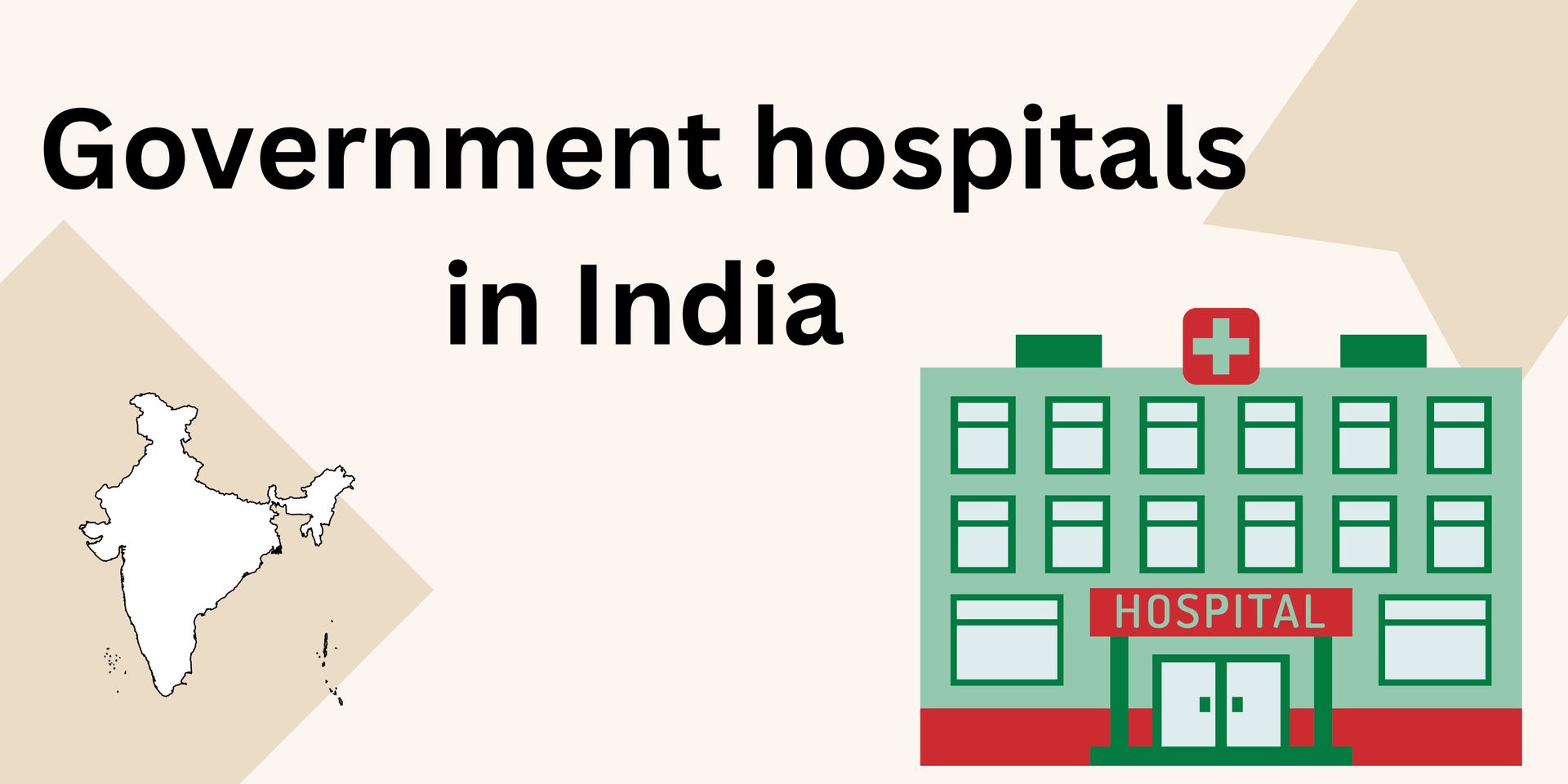Motorcycle accidents can result in various injuries, from minor scrapes to serious trauma. Riders are especially vulnerable due to minimal protective barriers, increasing the likelihood of injury.
Navigating the compensation process involves compiling evidence and medical records, which are essential for making claims. Legal support may be necessary to ensure victims receive appropriate settlements. Professional legal advice can significantly enhance the chances of a successful compensation claim.
Knowing the right steps to take after an accident is vital in any compensation pursuit. Quick medical attention and thorough documentation are key actions to strengthen a claim. Additionally, being informed about these processes not only aids in recovery but also in effectively managing financial repercussions.
Types of Common Injuries in Motorcycle Accidents
Motorcycle accidents often lead to severe injuries due to the lack of protection riders have compared to occupants of enclosed vehicles. Common injuries include brain trauma, spinal damage, broken bones, abrasions, internal damage, limb loss, and long-lasting psychological impacts.
Traumatic Brain Injuries
Traumatic brain injuries (TBIs) are a frequent result of motorcycle accidents. These injuries occur when the head violently hits the ground or another object, leading to anything from a mild concussion to severe brain damage. Wearing a helmet significantly reduces the risk, but it does not eliminate it completely. Symptoms of TBIs can vary widely, including headaches, confusion, memory loss, and changes in mood or behavior. Proper medical evaluation is essential as some symptoms might not appear immediately.
Spinal Cord Injuries
Spinal cord injuries are potentially life-altering and may result in partial or full paralysis. The impact on the spine during a motorcycle crash can damage or sever the spinal cord. This type of injury requires immediate medical attention. Treatments vary from surgery to rehabilitation therapies aimed at maximizing mobility and independence. These injuries can lead to significant lifestyle changes, and ongoing support is often necessary.
Fractures and Broken Bones
Fractures and broken bones are common due to the direct impact or being thrown from the motorcycle. The arms, legs, and ribs are particularly vulnerable. These injuries often require immobilization, such as casting or bracing, and can sometimes necessitate surgical intervention. Recovery time varies depending on the severity but always demands careful medical supervision and rehabilitation to restore full function.
Road Rash and Skin Abrasions
Road rash occurs when skin comes into abrasive contact with the road surface during a fall. This can range from mild scrapes to deep wounds requiring stitches and can lead to infections if not properly treated. Protective clothing can help minimize road rash injuries. Treatment involves cleaning the wound, applying sterile dressings, and monitoring for signs of infection to promote healing.
Internal Injuries
Internal injuries may be less visible but are equally serious and often more dangerous. Blunt force can cause internal bleeding and damage to organs such as the liver, spleen, or kidneys. These injuries require prompt medical evaluation and often immediate surgical intervention. Awareness of symptoms like abdominal pain, dizziness, or chest pain is crucial, as untreated internal injuries can be life-threatening.
Limb Amputations
Limb amputations, though less common, can occur in severe accidents, particularly where limbs are trapped or crushed. The sudden loss of a limb is traumatic and life-changing, requiring immediate medical surgery and long-term rehabilitation. Prosthetic limbs and assistive devices can aid in regaining independence. Psychological and physical therapy is key to adjusting to the dramatic changes in daily life.
Psychological Trauma
Motorcycle accidents can lead to significant psychological trauma, including post-traumatic stress disorder (PTSD), anxiety, and depression. These mental health issues can be as debilitating as physical injuries. Symptoms include flashbacks, avoidance behaviors, and emotional numbness. Seeking professional mental health support is essential for recovery. Therapy, counseling, and support groups can provide pathways to healing and coping strategies.
Legal Steps for Seeking Compensation
When injured in a motorcycle accident, understanding how to seek compensation is crucial. Navigating negligence, gathering evidence, dealing with insurance companies, and possibly filing a lawsuit are key steps. Each requires careful attention to detail to ensure fair compensation.
Understanding Negligence in Motorcycle Accidents
Negligence is central in determining liability in motorcycle accidents. It involves proving that another party failed to exercise reasonable care, resulting in an accident. The injured party must establish the four elements of negligence: duty, breach, causation, and damages.
Evidence such as witness statements and accident reports are essential. Demonstrating that the other party violated traffic rules can support claims. Legal guidance can clarify these aspects and assist in establishing a strong negligence claim.
Gathering Evidence and Documentation
Proper evidence collection is vital. Essential elements include medical records, police reports, photographs of the accident scene, and witness statements. These documents can substantiate claims and demonstrate the full impact of injuries and damages.
It's also important to gather repair estimates for the motorcycle and any personal property affected. Consistently maintaining records of medical treatment and expenses ensures accurate compensation claims.
Navigating Insurance Claims
Filing an insurance claim is a critical step following an accident. It's essential to contact the insurance company promptly and provide all necessary documentation. This includes a detailed account of the accident, medical records, and evidence of vehicle damage.
Insurance adjusters may try to minimize payouts. Understanding policy terms and negotiation tactics is essential. Seeking advice from a personal injury attorney can ensure rights are protected and fair compensation is pursued.
Filing a Personal Injury Lawsuit
If insurance negotiations fail, filing a personal injury lawsuit might be necessary. This involves submitting a formal complaint to the court, outlining the case and damages sought. The process includes discovery, where both parties exchange evidence, and possible pre-trial motions.
Working with an experienced attorney can guide individuals through procedural complexities and support a fair settlement or trial verdict. Time limits, known as statutes of limitations, apply, so timely action is crucial.
Compensation Types and Calculating Damages
Understanding potential compensation types can greatly impact an individual's recovery. Damages can include medical expenses, lost wages, property damage, and pain and suffering. Calculating these requires thorough documentation and sometimes expert evaluation.
Economic damages cover tangible losses, while non-economic damages cover intangible impacts like emotional distress. In some cases, punitive damages may be awarded if the at-fault party's behavior was particularly reckless.
Working With a Personal Injury Attorney
A personal injury attorney's expertise can be invaluable. They provide guidance on legal rights, evidence collection, and claims negotiation. Attorneys work to maximize compensation by building a strong case and negotiating effectively with insurance companies.
They also handle the legal complexities, allowing the injured party to focus on recovery. Choosing an attorney with experience in motorcycle accidents enhances the likelihood of a favorable outcome.







